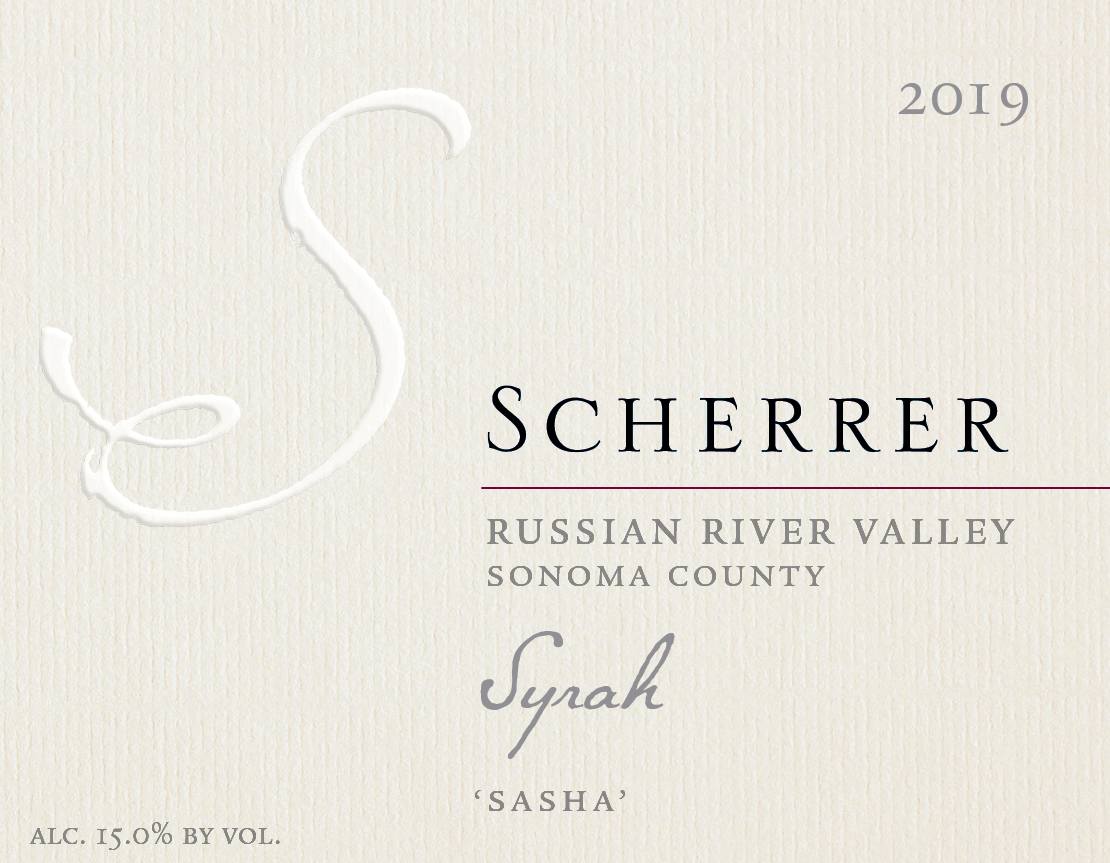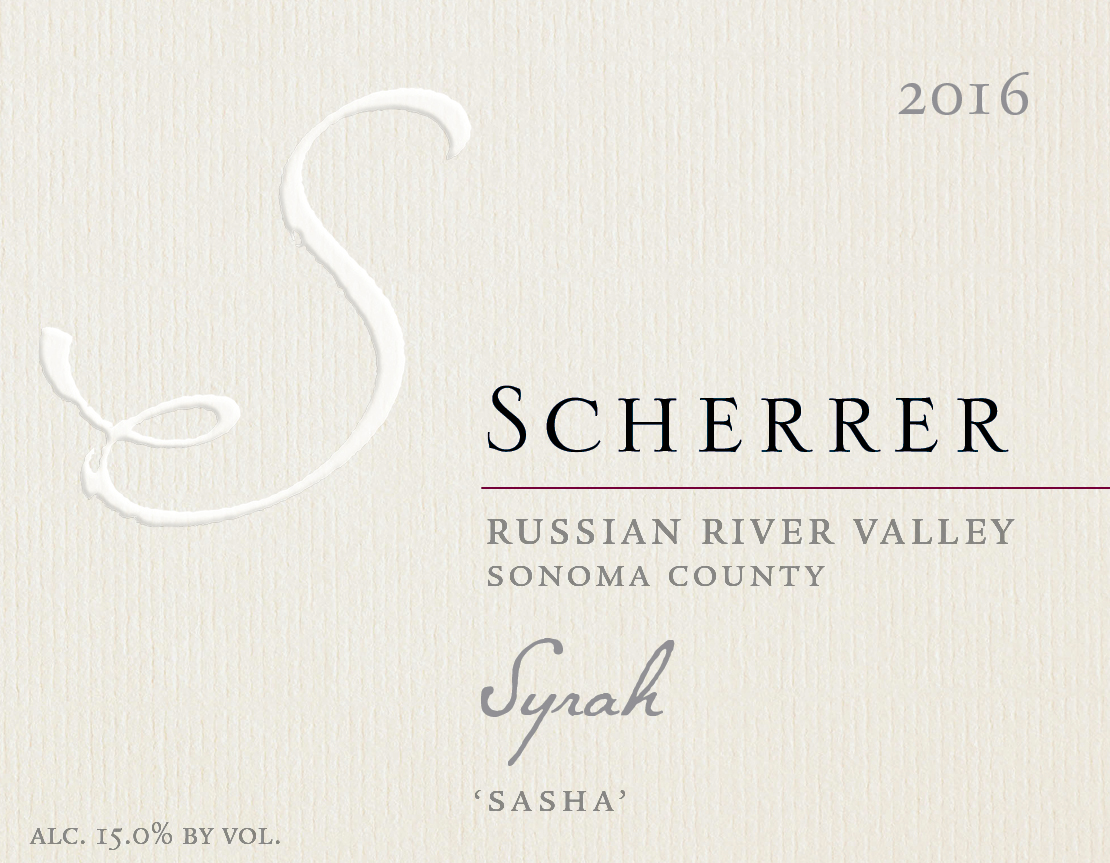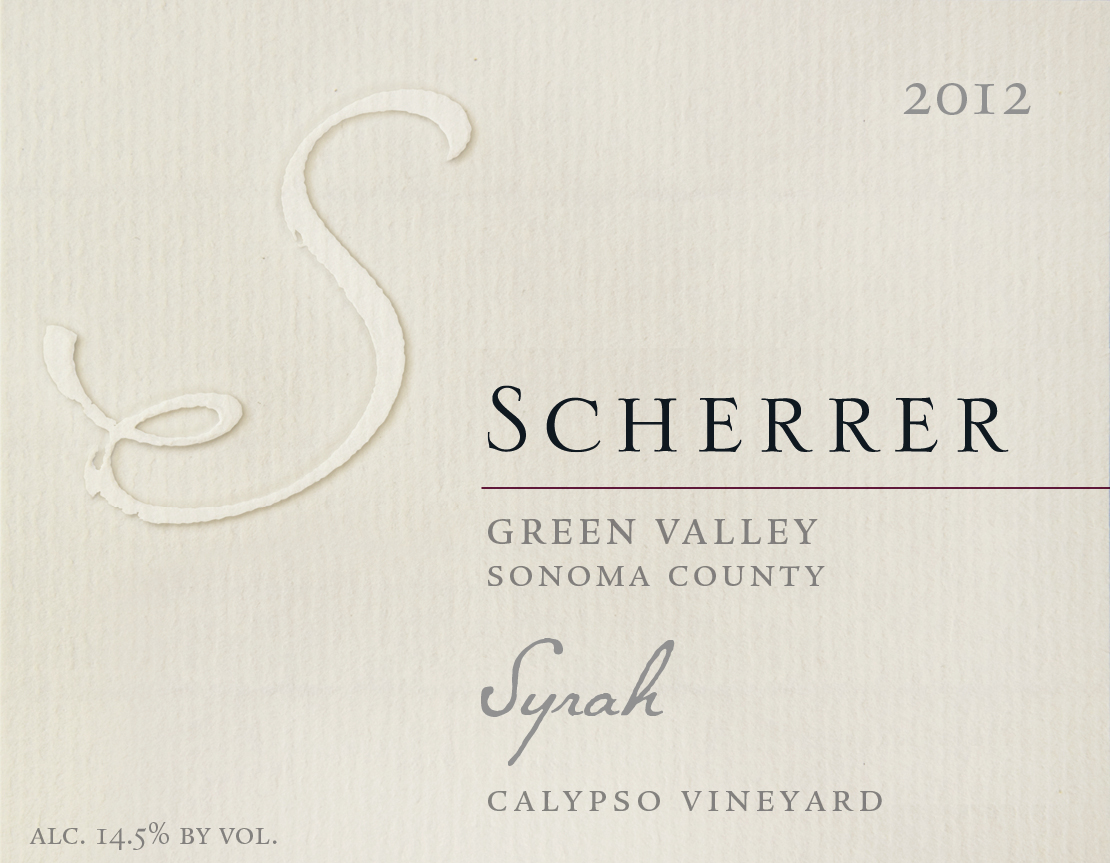Winemaker's Notes
Sasha is the name of a small fermentation tank long ago that always seemed to make pretty wine, regardless of the variety. I decided to use this name for a Syrah that shows the prettier side of this fantastic variety that lends itself to many styles depending on where it is grown and when it is harvested. These are grapes that are usually farmed for Rosé production but were diverted to red wine this vintage as it showed good tannin development while retaining some red fruit and olive notes.
Hibiscus tea, spices and perfumes like one of those stores that opens just for the holidays and then closes in January [Where’s that on the UCD wine aroma wheel?]. Mouthfeel is like a rich Pinot Noir, textural, resolved tannins [nearly 4 years in barrel can do that], but definitely not wimpy.
One of the things I’m impressed about with Syrah is that new oak seems (to me) to be unnecessary, if not a detractor of the core fruit. It can be a complete package as it comes off the vine. With all due apologies to Elizabeth Barrett Browning, I am compelled to channel a mere vapor of one of her great works: Syrah how do I love thee? Let me count the ways: As a Rosé component or solo, you have the structure and presence to support others incapable of their own complete monologue. I love thee as the darker-fruited and layering component as a red wine with Grenache and others-your polyamory is welcome here. And while that polyamorous relationship as a Rosé with the same varieties continues, I love thee all the more. I love thee as a stand-alone, profound, complex, essentially immortal, glacially-aging red wine that is both self-complete and mysterious while attainable. You are in rare company. I love thee alone as a lighter, red-fruited red [Sasha] that could have as easily become Rosé, both stunningly fresh in youth and satisfying with age. You channel your Northern Rhone heritage with natural facility. God-willing, I shall love you after my death while you live on in bottles for others to enjoy for the ages.





